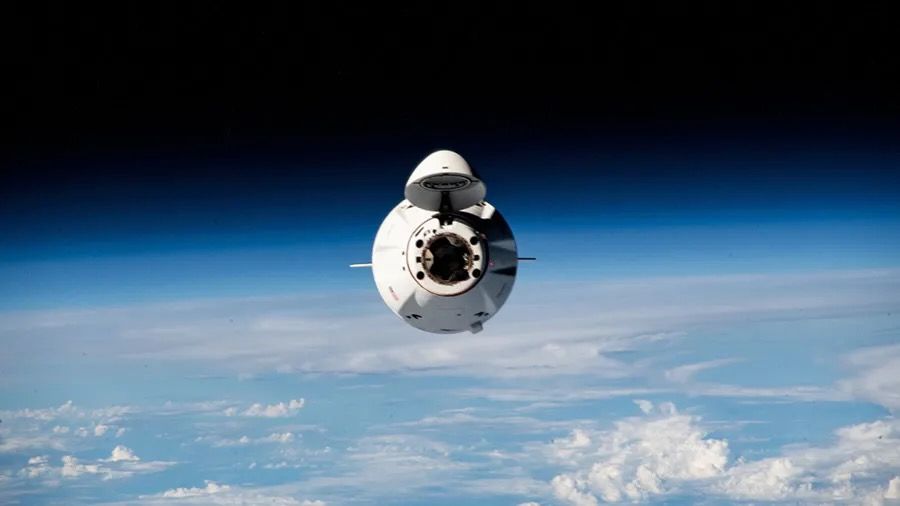
A SpaceX cargo capsule is set to arrive at the International Space Station (ISS) on August 25, 2023, delivering approximately 5,000 pounds (2,270 kilograms) of food, supplies, and scientific equipment. The Dragon capsule, part of SpaceX’s Commercial Resupply Services (CRS) program, is expected to dock with the ISS around 7:30 a.m. EDT (11:30 GMT) after a roughly 29-hour orbital journey.
Live coverage of the docking will begin at 6 a.m. EDT (10:00 GMT) and can be viewed on both Space.com and NASA’s official channels. The CRS-33 mission launched atop a Falcon 9 rocket early on August 24, marking SpaceX’s 33rd mission for NASA.
The cargo being sent to the ISS is not only vital for the astronauts on board but also plays a significant role in ongoing scientific research. According to acting NASA Administrator Sean Duffy, “Commercial resupply missions to the International Space Station deliver science that helps prove technologies for Artemis lunar missions and beyond.” He emphasized that this flight will test innovative technologies such as 3D printing metal parts and bioprinting tissue in microgravity, which could provide essential tools and medical support for future lunar and Martian missions.
Ongoing Responsibilities of the CRS-33 Dragon Capsule
The mission does not conclude with the docking process. The Dragon capsule will also undertake the critical task of maintaining the ISS’s altitude through a series of engine burns. This is essential to counteract the frictional drag that has traditionally been managed by Russian Progress cargo vehicles. As discussions continue about Russia potentially leaving the ISS partnership in 2028, this responsibility may shift significantly towards remaining partners, necessitating reliance on vehicles such as the Dragon and Northrop Grumman’s Cygnus.
Both the Dragon and Cygnus have demonstrated their capability to perform these altitude-maintaining burns effectively.
Future Plans for the CRS-33 Mission
The CRS-33 mission is scheduled to conclude in December 2023 when the Dragon capsule, laden with research samples and scientific equipment, will return to Earth, splashing down off the coast of California. This mission exemplifies not only the ongoing collaboration between SpaceX and NASA but also the importance of commercial partnerships in advancing space exploration and research.
As the world continues to watch, the success of this mission could pave the way for future advancements in space technology and human exploration beyond Earth.






